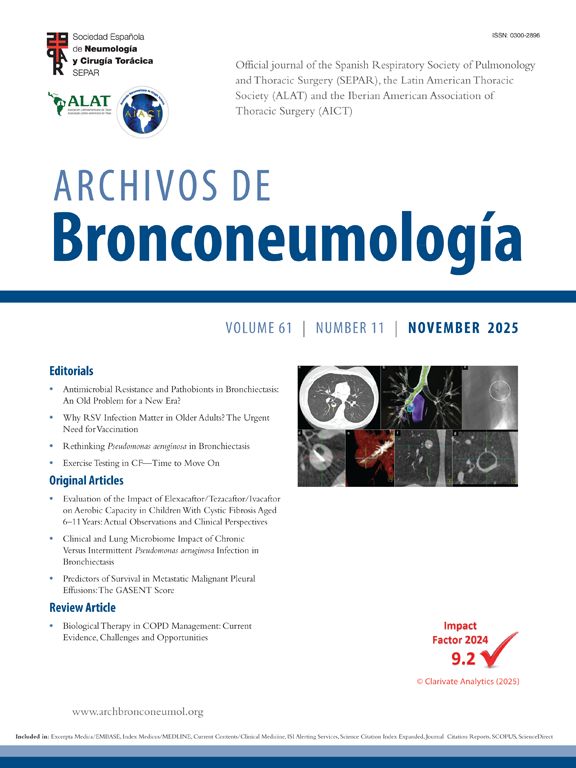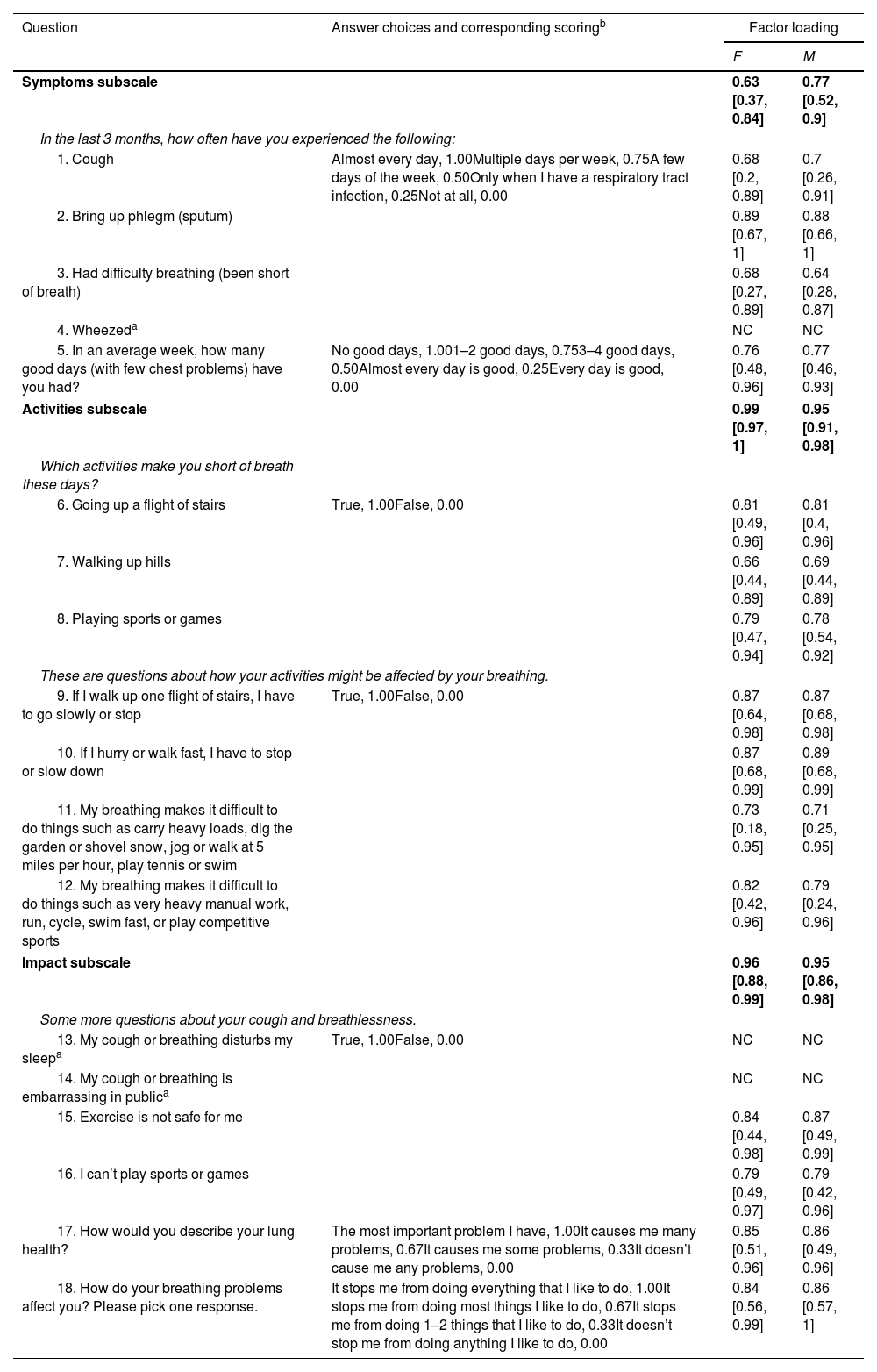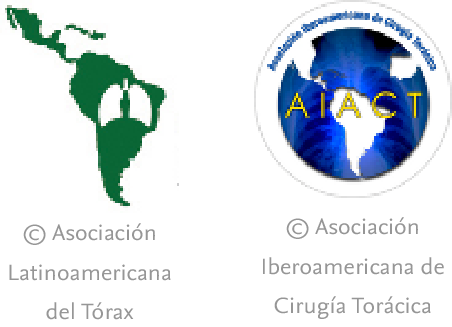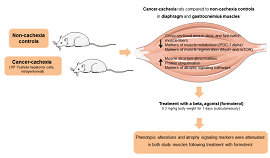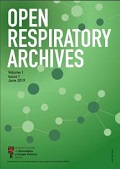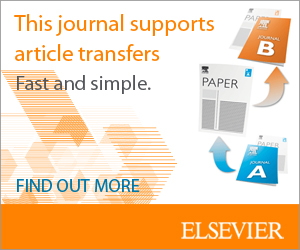An estimated one million adolescents (people 10–19 years old) become sick with tuberculosis (TB) each year [1]. The vast majority of adolescents survive TB [2], yet 57–67% suffer from post-TB lung disease (PTLD), defined as respiratory disability – persistent symptoms and/or activity limitations – with impaired lung function [3–5]. No tools have been validated to measure PTLD in adolescent TB survivors. Respiratory health questionnaires, such as the St. George's Respiratory Questionnaire (SGRQ; originally developed for adults in England with chronic pulmonary disorders), have not been validated for PTLD, and they are often long, complex, and have limited relevance to adolescents in low- and middle-income countries (LMICs), where TB is prevalent [3,6–8]. Lung function testing for PTLD typically uses spirometry, which relies on correctly performed forced expiratory maneuvers to produce interpretable results. Oscillometry is easier to perform because it uses normal tidal breathing to analyze pressure and flow of the respiratory system. In adolescents with asthma, oscillometry better detects small airways disease [9–11]. The feasibility and reliability of oscillometry have not been evaluated for TB survivors. Moreover, reference ranges are based on <400 participants from high-income settings, which may be inappropriate for adolescents in LMICs [12].
We conducted this cross-sectional analysis from our cohort study, Post-TB Teens, to assess three new and repurposed tools for adolescent PTLD in a LMIC setting: an abbreviated SGRQ, oscillometry, and spirometry. We validated the abbreviated SGRQ and reference ranges for oscillometry; assessed the feasibility and reliability of oscillometry and spirometry; and evaluated the internal consistency and model fit of the three tools combined to assess lung health.
Post-TB Teens was conducted from March 2022-September 2023 in Lima, Peru. We included adolescents TB survivors from our prior Predict Teen study who were cured or completed treatment [13], as well as healthy adolescents with no history of TB disease (“controls”). TB survivors were evaluated ≥4 months after TB treatment ended. Participants with TB symptoms (cough, fever, night sweats, weight loss, poor appetite, and/or fatigue for ≥2 weeks) were evaluated for TB and, if diagnosed with TB, withdrawn. Lung health assessments were rescheduled if the participant had a concurrent respiratory illness. Each assessment consisted of the following sequence: height and weight measurements, oscillometry (TremoFlo Airwave Oscillometer, Thorasys, Montreal, Canada) [14], spirometry (Easy-One Spirometer, NDD, Andover, USA) [15,16], administration of salbutamol 200–400mcg, the SGRQ in Spanish [6], post-bronchodilator oscillometry, and post-bronchodilator spirometry. Oscillometry and spirometry procedures and interpretation followed international standards [14]. Participants repeated spirometry until three suitable (quality score A–C) measurements were recorded, or they no longer wished to continue [15,16]. For spirometry, we recorded forced expiratory volume in one second (FEV1), functional vital capacity (FVC), and FEV1/FVC; for oscillometry, total airway resistance (R5) and reactance (AX). The institutional review boards of Socios En Salud Sucursal Perú (#0005) and Brown University Health (#1802576) approved this study. Written informed consent was obtained from participants age ≥18 years and parents/legal guardians of minors. Informed assent was obtained from minors.
We restricted analyses to data from TB survivors, except the evaluation of oscillometry reference standards, for which we used data from controls. We conducted analyses using R (R Foundation for Statistical Computing, Vienna, Austria). To address missing data, we used full information maximum likelihood estimation. We report confidence intervals for descriptive statistics and p-values for hypothesis testing (i.e., testing correlations or comparing proportions).
See the Appendix for details of analytic methods. First, we revised the SGRQ, which contains three subscales: symptoms, activities, and impacts on daily life. We removed questions from the SGRQ if >90% of participants selected the same answer choice, but we retained questions that, despite meeting criteria for removal, were clinically important, as determined by the clinicians on our research team. We simplified scoring and used factor analysis to evaluate the (1) internal consistency reliability and (2) internal structure validity of (a) each subscale and (b) the revised SGRQ in its entirety. To assess concurrent validity of the revised SGRQ, we evaluated correlations between each adolescent's score and self-rating of their overall health, from 1 (“very bad”) to 5 (“very good”). We stratified estimates by gender, which, in our setting and others, is associated with different health concerns [17].
Next, we evaluated whether the Oostveen reference standards for oscillometry, which were derived from 368 adults across Europe and Australia, fit our study population of adolescents in Lima [12]. We transformed R5 and AX for the controls into z-scores using the Oostveen equations, plotted histograms of z-scores, and visually compared the distributions against a normal distribution, which would represent a perfect fit to our population. We used the binomial test to compare the proportions of adolescents who successfully completed oscillometry vs. spirometry. To evaluate internal consistency reliability, we applied structural equation modeling (SEM).
Finally, we examined the combination of the SGRQ, spirometry, and oscillometry as an overall assessment of lung health. We used a SEM framework to estimate associations between individual measures, as well as to compare model fit metrics to assess whether the original or abbreviated SGRQ better represented the data.
The study population included 101 TB survivors and 101 controls (Appendix Fig. 1). The median ages and interquartile ranges (IQR) of TB survivors and controls were 17 (16–19) and 18 (17–20) years, respectively. In both groups, 56 (55.4%) participants were male; 6 (5.9%) had prior asthma diagnoses; and none had HIV. The only missing variables were spirometry metrics in nine adolescents who could not perform the maneuver to acceptable technical standards.
The revised SGRQ included 18 questions (Table 1; Appendix Table 1). Coefficient omegas of the symptoms, activities, and impacts subscales were 0.82 (95% CI: 0.72–0.91), 0.92 (95% CI: 0.83–0.95), and 0.89 (95% CI: 8.87–0.96), respectively, for both genders. Coefficient omega for the entire SGRQ was 0.90 (95% CI: 0.84–0.95) for females and 0.92 (95% CI: 0.86–0.96) for males. Table 1 reports factor loadings of each item in relation to its subscale, and of each subscale in relation to the entire SGRQ. Questions showed large positive associations, with most factor loadings >0.75; no gender differences were observed. Concurrent validity was −0.62 (95% CI: –0.81 to –0.32) for both genders.
Revised St. George's respiratory questionnaire: retained items, scoring, and factor loadings.
| Question | Answer choices and corresponding scoringb | Factor loading | |
|---|---|---|---|
| F | M | ||
| Symptoms subscale | 0.63 [0.37, 0.84] | 0.77 [0.52, 0.9] | |
| In the last 3 months, how often have you experienced the following: | |||
| 1. Cough | Almost every day, 1.00Multiple days per week, 0.75A few days of the week, 0.50Only when I have a respiratory tract infection, 0.25Not at all, 0.00 | 0.68 [0.2, 0.89] | 0.7 [0.26, 0.91] |
| 2. Bring up phlegm (sputum) | 0.89 [0.67, 1] | 0.88 [0.66, 1] | |
| 3. Had difficulty breathing (been short of breath) | 0.68 [0.27, 0.89] | 0.64 [0.28, 0.87] | |
| 4. Wheezeda | NC | NC | |
| 5. In an average week, how many good days (with few chest problems) have you had? | No good days, 1.001–2 good days, 0.753–4 good days, 0.50Almost every day is good, 0.25Every day is good, 0.00 | 0.76 [0.48, 0.96] | 0.77 [0.46, 0.93] |
| Activities subscale | 0.99 [0.97, 1] | 0.95 [0.91, 0.98] | |
| Which activities make you short of breath these days? | |||
| 6. Going up a flight of stairs | True, 1.00False, 0.00 | 0.81 [0.49, 0.96] | 0.81 [0.4, 0.96] |
| 7. Walking up hills | 0.66 [0.44, 0.89] | 0.69 [0.44, 0.89] | |
| 8. Playing sports or games | 0.79 [0.47, 0.94] | 0.78 [0.54, 0.92] | |
| These are questions about how your activities might be affected by your breathing. | |||
| 9. If I walk up one flight of stairs, I have to go slowly or stop | True, 1.00False, 0.00 | 0.87 [0.64, 0.98] | 0.87 [0.68, 0.98] |
| 10. If I hurry or walk fast, I have to stop or slow down | 0.87 [0.68, 0.99] | 0.89 [0.68, 0.99] | |
| 11. My breathing makes it difficult to do things such as carry heavy loads, dig the garden or shovel snow, jog or walk at 5 miles per hour, play tennis or swim | 0.73 [0.18, 0.95] | 0.71 [0.25, 0.95] | |
| 12. My breathing makes it difficult to do things such as very heavy manual work, run, cycle, swim fast, or play competitive sports | 0.82 [0.42, 0.96] | 0.79 [0.24, 0.96] | |
| Impact subscale | 0.96 [0.88, 0.99] | 0.95 [0.86, 0.98] | |
| Some more questions about your cough and breathlessness. | |||
| 13. My cough or breathing disturbs my sleepa | True, 1.00False, 0.00 | NC | NC |
| 14. My cough or breathing is embarrassing in publica | NC | NC | |
| 15. Exercise is not safe for me | 0.84 [0.44, 0.98] | 0.87 [0.49, 0.99] | |
| 16. I can’t play sports or games | 0.79 [0.49, 0.97] | 0.79 [0.42, 0.96] | |
| 17. How would you describe your lung health? | The most important problem I have, 1.00It causes me many problems, 0.67It causes me some problems, 0.33It doesn’t cause me any problems, 0.00 | 0.85 [0.51, 0.96] | 0.86 [0.49, 0.96] |
| 18. How do your breathing problems affect you? Please pick one response. | It stops me from doing everything that I like to do, 1.00It stops me from doing most things I like to do, 0.67It stops me from doing 1–2 things that I like to do, 0.33It doesn’t stop me from doing anything I like to do, 0.00 | 0.84 [0.56, 0.99] | 0.86 [0.57, 1] |
NC: Not calculable because of insufficient response variation in our participant population.
These items met our criterion for removal because>90% of participants selected the same answer choice. However, we retained them due to clinical importance. These three questions were not included in the factor analysis. Including the wheezing question in a sensitivity analysis did not substantively change the reliability estimates. For the questions about cough and breathlessness, 99–100% of participants selected the same answer choice, so these questions could not be included in a sensitivity analysis.
Scoring: To obtain a subsection score, take the average of the score values and multiply by 100. To obtain a total score, take the average of the subsection score values. The subsection and total scores range from 0 (most favorable) to 100 (least favorable). As further explanation, the values of each score were based on the number of ordered categories, defined as ki−1/K−1 where ki represents the ordered response category for individual i, and K represents the total number of response categories possible. As an example, for a scale with levels “low”, “medium” and “high,” the ordered response categories were 1, 2, and 3. The response of “medium” was scored 0.5 because “medium” is the second ordered response category of three possible, 2−1/3−1=1/2=0.5.
All participants completed oscillometry. Nine of 101 (8.9%) TB survivors did not achieve a satisfactory spirometry maneuver (p<0.001). Distribution of R5 and AX values, after transformation into z-scores, approximated the normal distribution (Fig. 1). Appendix Table 2 reports the estimates of reliability of individual metrics and correlations between them. Reliability was high for R5 (0.88; 95% CI: 0.81–0.94) and AX (0.82; 95% CI: 0.73–0.88). For spirometry, the only metric with acceptable reliability was FVC (0.76; 95% CI: 0.71–0.86). Lung function measures and both versions of the SGRQ had small correlations with each other, none of which reached statistical significance. R5 and AX correlated with one another (0.49, p<0.001) and had negative correlations with FEV1 and FEV1/FVC (−0.38 to −0.31, all with p<0.05). (Lower values are more favorable for oscillometry; higher values, for spirometry.)
The overall assessment of lung health had strong model fit characteristics using both the original and revised SGRQ (Appendix Table 3). Differences between the two versions were not significant except the chi square statistic, which was better (smaller) for the revised version (31.78 vs. 39.06).
Our findings strengthen the evidence for tools to measure adolescent PTLD. First, we validated an abbreviated SGRQ. The questions removed from the original SGRQ were related to the most severe impacts on daily life and activity restrictions, as well as activities, such as sex, that not all adolescents engage in. This finding underscores the importance of adapting the SGRQ for adolescents. Second, we validated reference equations for R5 and AX among adolescents in Lima and we found that oscillometry was more feasible and reliable than spirometry. However, R5 and AX correlated less with SGRQ scores than FEV1 or FEV1/FVC. Further research is needed to understand the clinical significance of abnormal oscillometry metrics. Advanced imaging, such as computed tomography, can clarify underlying anatomical changes. Qualitative research is needed to examine whether the SGRQ sufficiently captured the effect of lung function abnormalities on adolescents. Finally, the small or minimal correlations that we observed between the SGRQ, spirometry, and oscillometry – as well as the good model fit of this combination – suggest that these evaluations measure related but distinct aspects of lung health. Thus, our findings support the use of all three tools for evaluating adolescent PTLD.
This study had limitations. We recorded R5-20 values from oscillometry, which detect small airway disease; however, no reference equations were available to calculate z-scores for this metric. We did not record the number of attempts needed for participants to successfully complete spirometry, or the number of attempts they tolerated before the effort was aborted. This information would have contributed to a more comprehensive understanding of feasibility. Our sample size of 101 participants was acceptable for SEM, but a larger sample would have been more reliable [18]. Finally, we cannot extrapolate the test characteristics of these tools to adolescent TB survivors in different settings. Nonetheless, our study contributes evidence for tools to measure adolescent PTLD, paving the way for more research to better understand the long-term impacts of adolescent TB on lung health.
Author contributionsLL, ALB, and SSC obtained the funding. BRS, VSG, and JJW collected the data. JRT conducted the analysis. JRT, ALB, and SSC interpreted the findings. JRT, ALB, and SSC wrote the manuscript, incorporating edits from LL, BRS, VSG, and JJW. All authors reviewed and approved the final version of this manuscript prior to submission.
Ethics approvalsSocios En Salud Sucursal Perú (Lima, Peru), IRB #0005, initial approval on June 25, 2021; Brown University Health (Providence, RI, U.S.A.), IRB #1802576, initial approval on October 19, 2021.
Artificial intelligence useNone.
FundingThis study was funded by the Charles H. Hood Foundation and the National Institutes of Health (R25AI140490).
Conflicts of interestNone.
We thank our colleagues at Socios En Salud Sucursal Perú: Katya León Ostos, Rosa Espinoza Meza, Judith Ramirez Sandoval, Karen Tintaya, Judith Jimenez, and Carmen Capcha. We also thank the Ministry of Health of Peru, including all the front-line health providers who allowed us to recruit and enroll participants at their clinics.

